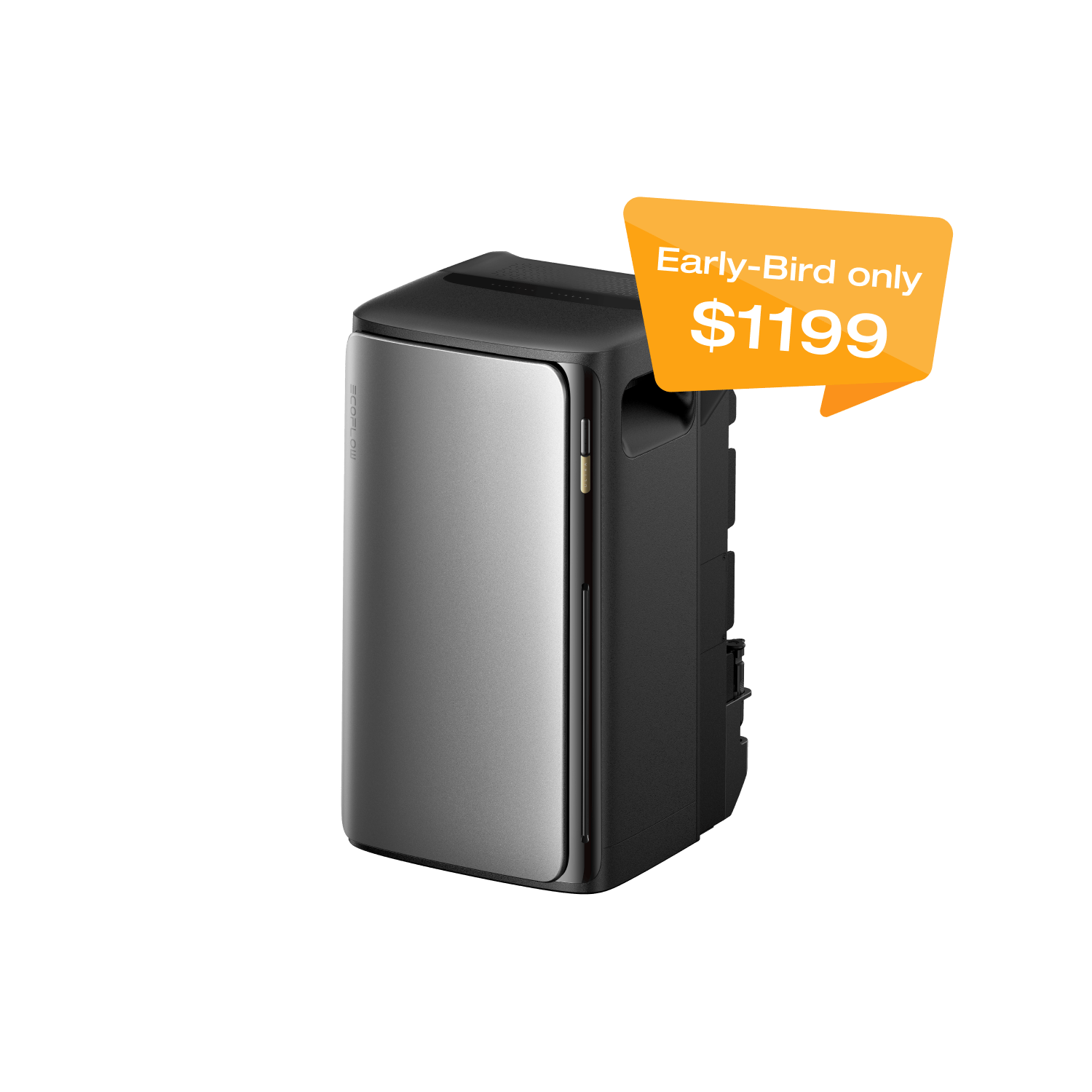








How does it work to utilize solar energy?
As the morning sun rises, EcoFlow STREAM Ultra, equipped with a built-in grid-tied microinverter, immediately captures solar energy for your home and automatically stores any surplus. The stored power runs your appliances at night or during short-term power outages. Generating up to 6424kWh² annually, it meets up to 50% of household needs³ while cutting electricity bills by up to $1027⁴.

Dual-Mode 3,200W Solar Input – Capture More Sunlight for Savings
EcoFlow STREAM Ultra's 4-MPPT design supports 2,000W of solar input, plus an additional 1,200W via the EcoFlow STREAM Microinverter connected to the solar battery—maximizing power generation from every sunlit area.

Max. 1,200W Grid-Tied AC Output⁵ – Power More of Your Home with Solar
EcoFlow STREAM Ultra combines a hybrid inverter and battery into a compact unit that plugs directly into AC sockets (NEMA 5-15/NEMA 5-20) to deliver solar power. Dual AC outlets can power two appliances simultaneously, automatically boosting output to 1,200W for essential household devices.
When the grid is active and STREAM Ultra is connected to your home, your AC circuits run smoothly by fully optimizing solar energy. In an outage, backup power is reserved solely for essential appliances.

Zero Solar Energy Waste – 1.92–11.52kWh Scalable Capacity
EcoFlow STREAM Ultra supports flexible solar storage expansion from 1.92kWh up to 11.52kWh. You can effortlessly expand the storage capacity by simply plugging multiple Ultra units into an AC wall outlet ( NEMA 5-15/NEMA 5-20) in your home. This straightforward DIY expansion method allows you to store surplus solar power for both daytime and nighttime household use. Moreover, you can integrate it with EcoFlow DELTA Series batteries*. With the EcoFlow STREAM Ultra, you have the flexibility to customize your solar storage system according to your energy needs.

*The compatibility of DELTA Series batteries and STREAM Ultra will be available soon.
Plug & Play⁶: Start Generating Power in Minutes

No Drilling Required
A flexible, drill-free setup makes it easy to place and move—ideal for renters.

Easy DIY Setup
Quick plug-and-play installation—no electrician needed.
SmartLoad Guardian: Built-In Safety Tech
Our AI-driven system monitors loads in real time, dynamically adjusting power flow to ensure all devices operate safely within certified limits.

All-in-One Engineering Excellence

Compact Solar Design: Save Space with a Smaller Footprint
Engineered with a 50% smaller footprint than conventional systems, our ultra-sleek unit blends seamlessly into your living space with concealed cable routing and flush-mount architecture. Tuck it behind curtains, nestle it beside planters, or wall-mount it as functional art—the anodized aluminium finish complements any décor.

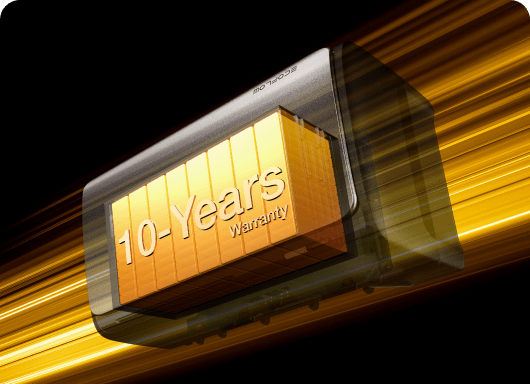
LFP Battery
Retain 70% of capacity after 6,000 deep cycles—lasting three times longer than conventional batteries.

It's running with whisper-quiet
STREAM Series batteries feature a fanless thermal design. Heat generated during operation is efficiently dissipated through the integrated heat dissipation module, ensuring whisper-quiet operation below 30 dB.

Reliable winter performance
The intelligent temperature management system automatically activates heating when the battery drops below 0°C, operates smoothly even at -20°C.
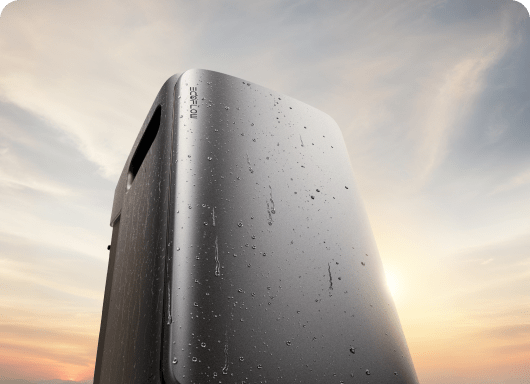
NEMA 4 Water-Resistant Rating
With NEMA 4 rating, the energy storage unit is resistant to rain and dust—ideal for outdoor use.
EcoFlow App – Now Smarter with Eco-AI
Manage energy more efficiently and cut your electricity bills.

One-Step Portal for Total Control
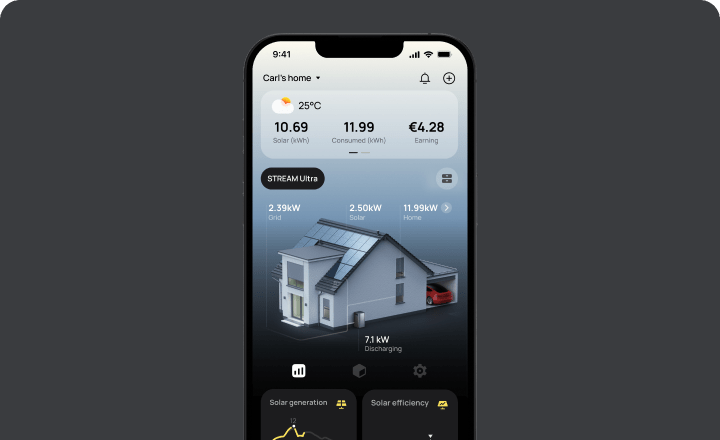
Status Overview
Monitor all energy data in real time.
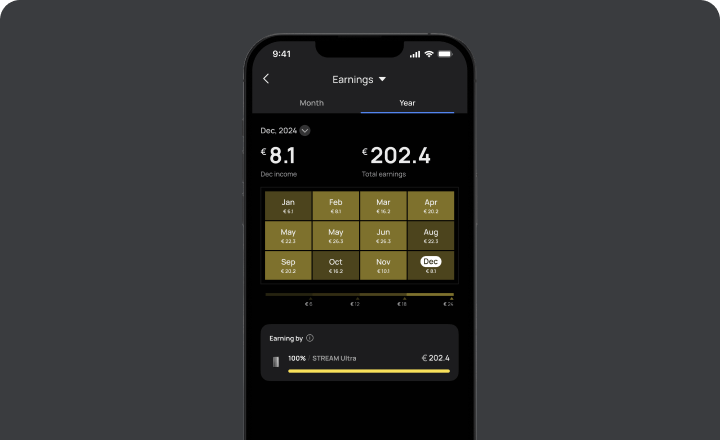
Savings Calendar
Track your daily and weekly savings.
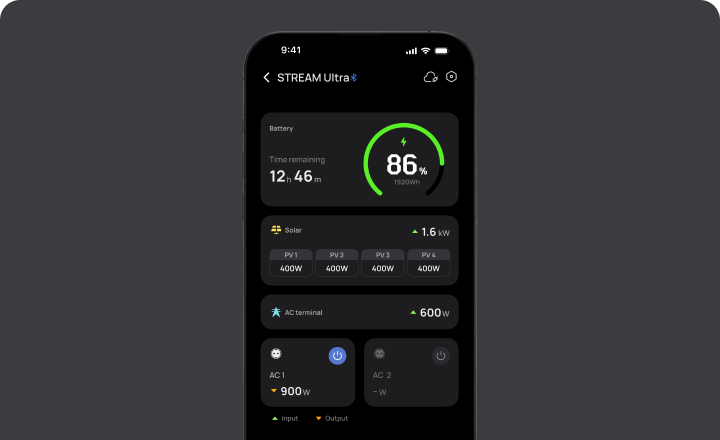
Remote Control
Manage connected devices anytime, anywhere.
Solar Energy Indoors
EcoFlow STREAM Ultra uses AC coupling technology, allowing flexible indoor placement. Simply plug in to store solar energy in any room—directly powering appliances like fridges, washing machines, or coffee makers without the mess of extension cables.

Achieve Nearly 50% Solar-Powered Living² – Minimize Energy Bills with AI
Multiple EcoFlow STREAM Ultra units form an AI-powered home energy network. Surplus solar energy automatically transfers between batteries across different rooms, maximizing solar utilization, boosting self-sufficiency, and reducing electricity costs.

DIY Solar System
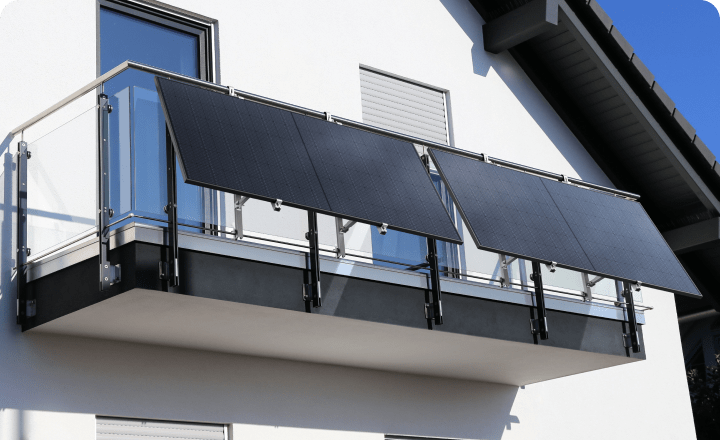
4-MPPT Design
Flexible panel installation anywhere.
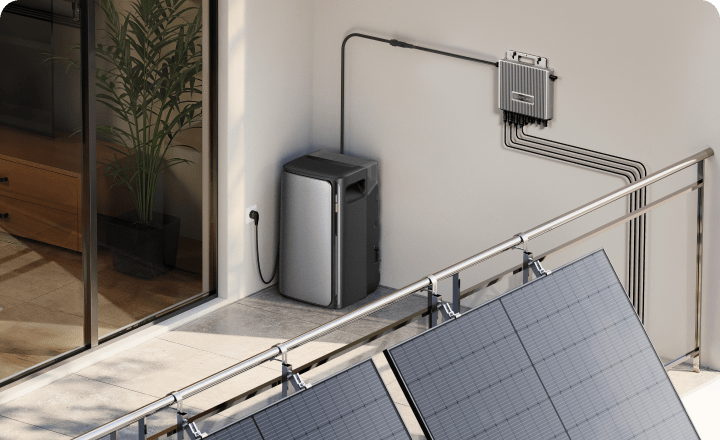
Compatible with EcoFlow STREAM Microinverter
Unlike typical DC systems, EcoFlow STREAM Ultra is an AC-coupled solution that works seamlessly with the EcoFlow STREAM Microinverter—just plug in and save.

One-Step Plug-and-Play Home Solar System
Set up easily in backyards, gardens, rooftops, and more—transform any space into a solar power station.
STREAM Ultra Specs
Capacity
1.92kWh
Rated Voltage
19.2V⎓
Max.Charging Power
1050W
Max.Discharging Power
1200W
Cell Chemistry & Cycle Life¹
LFP, 6000 cycles to 70% capacity
MPPT(PV Input Power & Voltage)
4 MPPT
2000W (500W × 4)
15V-60V⎓
Max. Input Voltage
60V⎓
Max. Input Current
4 × 14A
Max. Input Short Circuit Current
4 × 20A
Rated AC Output Power (Grid Terminal)
800W
Rated Voltage and Frequency (Grid Terminal)
120V~, 60Hz
Rated Output Current (Grid Terminal)
6.67A
Max. Input (Grid Terminal)
1200W(10A)
Battery Self-Heating
700Low-Temperature Charging Activation (≤5°C)
Ingress Protection Rating
NEMA 4
Operating Temperature²
–20℃ to 55℃
Dimensions
255 × 284 × 458 mm / 10.0 × 11.2 × 18.0 in
Communication
Wi-Fi, Bluetooth
Warranty
10-Year
Acoustic Noise
<30 dB
Discharge Temperature
–20°C-50°C (–4°F-122°F)
Net. Weight
23.1±0.5kg
Build in Feature
Output Overcurrent Protection, Output Overvoltage Protection, Anti-islanding Protection
1. Before purchasing or using this product, please confirm whether your household electricity billing supports net metering.2. If net metering is not supported, you need to use the STREAM system with Shelly Pro 3EM configured for single-phase monitorin. Make sure all STREAM Ultra units are installed on the same phase as the Shelly Pro 3EM (with L2 as an example in the figure) to ensure optimal energy management. After installation is complete, open the Feed-in Control in the app's System Settings. Then go to Energy Delivery Strategy, select Smart Meter Monitoring Mode, and link the Shelly Pro 3EM to begin operation.
Please contact the utility company to confirm whether net metering is supported for your house.
The STREAM Ultra is rated NEMA 4, suitable for indoor/outdoor use. Install in a shaded, ventilated location out of direct sunlight.
No, not supported.
This is not recommended, as malfunctioning devices on the power strip could damage the STREAM Ultra.
The STREAM Ultra can be installed and maintained by users themselves (only available in Utah, USA now).
*Please refer to the Power Connection Requirements section under the Installation Preparation chapter in the Installation Guide to choose the installation method that suits your household situation.
*Each time you change the installation location, please refer to the above information again.
Yes, and it supports connecting STREAM Ultra to third-party microinverterson the market through the AC outlets (NEMA 5-15).
Currently, it only supports 2.4GHz Wi-Fi.
Not necessarily. It might prioritize using one device's power or discharge multiple devices simultaneously. The system employs an intelligent charging and discharging strategy based on the current power levels of the devices, the power consumption of the appliances, the actual connection setup, and your settings in the app. Thus, the discharging performance of specific devices may vary.
Yes, as long as the solar panel meets the conditions of operating voltage (15-60V) and operating current (≤14A). This can optimize solar utilization during low sunlight conditions.
Due to regulatory limits, it is recommended to connect no more than one.
As long as the panels meet the input range for the PV port and use the same type of connector, they can be used. Each PV port’s input range is: operating voltage 15-60V, operating current ≤14A.
For safety and compliance reasons, the STREAM system will automatically detect a grid anomaly and stop feeding current into the grid during a power outage. You can then plug in your appliances directly into the AC outlets to use internal battery or solar power.
For better heat dissipation and device longevity, it must be placed upright.
You can view real-time energy generation statistics on the EcoFlow app.
Yes, a temperature rise during use is normal and does not affect the product’s lifespan. The unit has passed rigorous testing and includes overheat protection. For best performance, install it out of direct sunlight with at least 3 cm clearance from walls or objects, and away from flammable materials.
STREAM Ultra requires connection to both the EcoFlow app and Wi-Fi to enable full features. Bluetooth or LAN-only access limits functionality such as app automations.
All devices must be connected to the same network and added to the same “Space” within the EcoFlow app.
The system prioritizes solar energy. When solar generation falls short of the power demand, the battery automatically steps in to make up the difference. If there’s still a shortfall, the grid supplies the remaining power.
When solar output exceeds consumption, the excess energy is first stored in the battery. Any additional surplus can be exported to the grid, depending on your settings and in compliance with local regulations.













